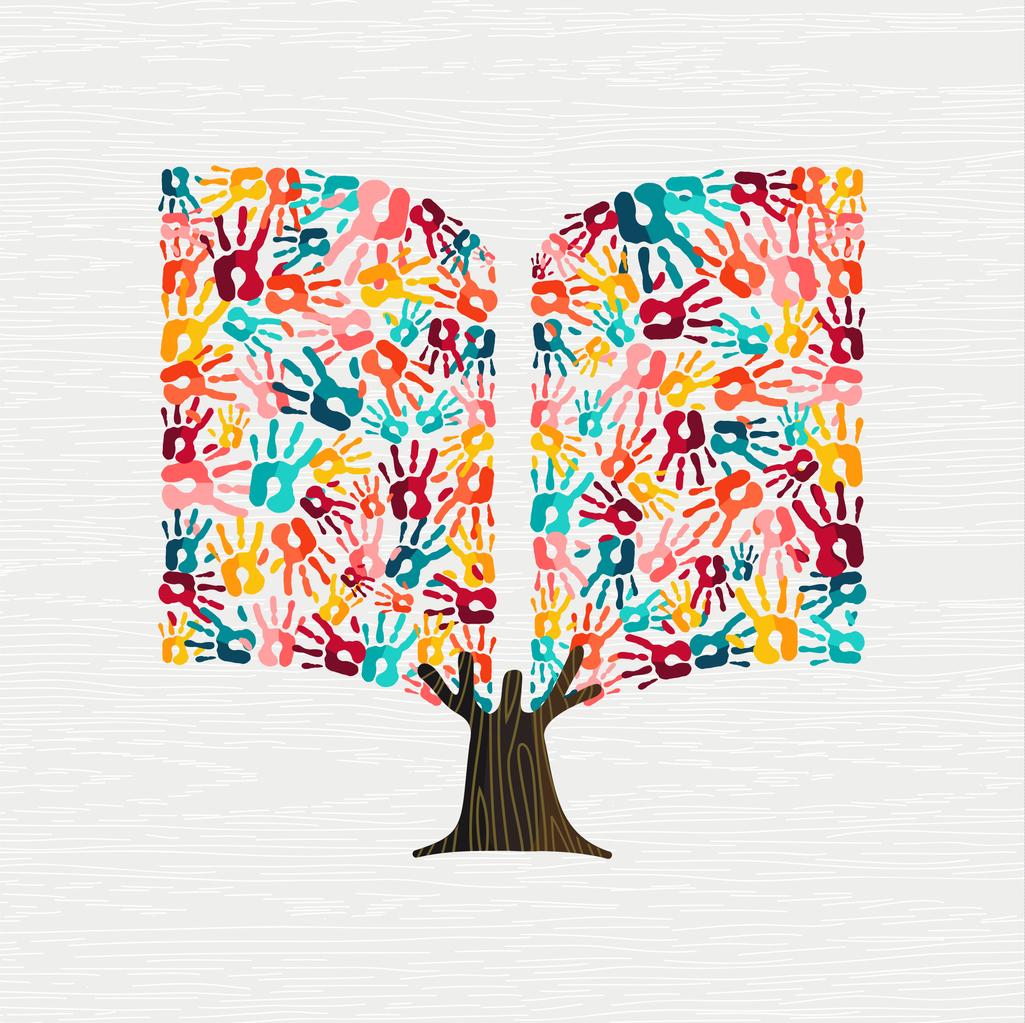by Beth Staats
Quick Summary
Once again, I was fortunate to attend a day-long virtual workshop titled, Equity, Diversity, and Inclusion in Libraries: Progress and Promise, hosted by Amigos Library Services. This workshop took a close look at EDI in libraries in order to explore what initiatives have worked and what have not. Out of the sessions I attend, I really seemed to get the most out of Checking Your Work: Using Diversity Audits to Make Collection Development Decisions.

Once again, I was fortunate to attend a day-long virtual workshop titled, Equity, Diversity, and Inclusion in Libraries: Progress and Promise, hosted by Amigos Library Services. This workshop took a close look at EDI in libraries to explore what initiatives have worked and what have not. Out of the sessions I attended, I seemed to get the most out of Checking Your Work: Using Diversity Audits to Make Collection Development Decisions. This session was presented by Brianne Anderson and Kiki Kramer, both of the Ames Public Library in Ames, Iowa. Both Brianne and Kiki work in the Children's Department but they used the same diversity audit steps in all sections of their library.
As with all types of audits, it's good to have a clear definition of what it is. In this case, their definition is that "a diversity audit is an in-depth analysis and inventory of a collection designed to calculate the amount of diversity represented within. It is a tool used to ensure a collection includes a wide variety of points of view, experiences, and representations." Does a snapshot of your collection reflect your collection development policy? Does it reflect your community? We all have an implicit bias so be sure you are checking all the boxes. We need diverse collections so children can learn to understand the important role of their culture and the cultures of others so we have an overall global understanding respectful of differences.
Brianne and Kiki laid out a plan of action including 5 steps:
Prep Collection: This includes weeding and clearing out old outdated materials in order to save time and effort. (They did mention that some may argue to weed after the audit rather than before.)
Set Parameters: What outcomes do you want to know? What are the demographics of your patrons and community? What languages are spoken in your community? Look at your community, look at data, and be sure to include school districts too. Ames Public Library decided to find out the ethnicity and gender of authors, illustrators, and characters in their collection, as well as the inclusivity of characters with disabilities and the economic status of characters too.
Collect Data (the most time-consuming part): Decide how much of your collection to analyze. Run an ILS report listing the entire collection; assign each item barcode a number. Run a randomizer (they used Random Number Generator by Andrew Hedges). They then gathered the items and recorded specifics on each item in a spreadsheet. They assessed 1,925 out of 6,100 items in their collection, or 32%.
Adjust: Create a collection that reflects your community. Make data-informed purchasing decisions going forward. Stay aware of bias and consider additional weeding as you further your research and knowledge base.
If your library has not yet, perhaps it's time to build diversity audits into your strategic plan. Some resources for further consideration include #OWNVOICES, #WENEEDDIVERSEBOOKS, and Diverse Bookfinder.


